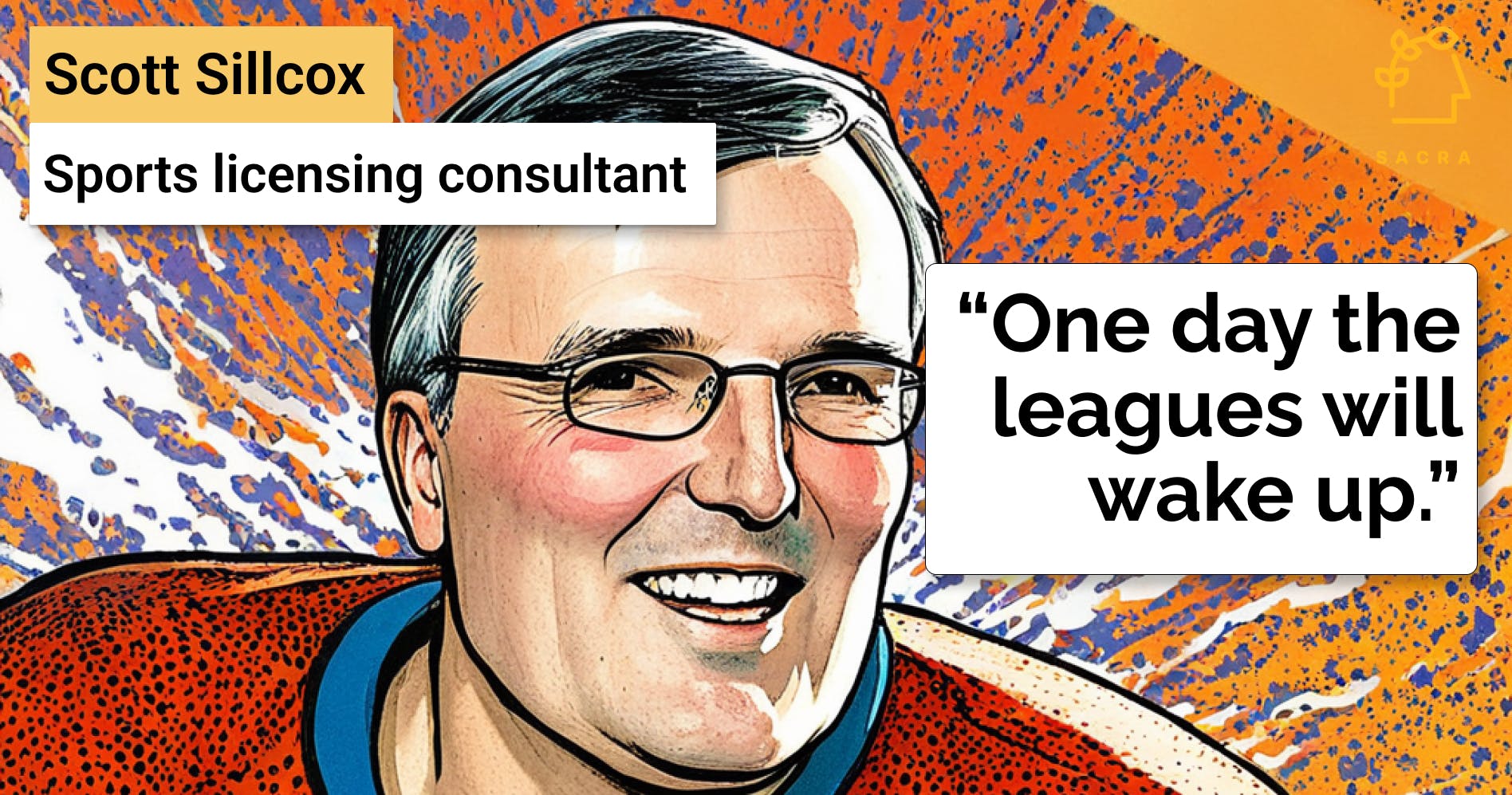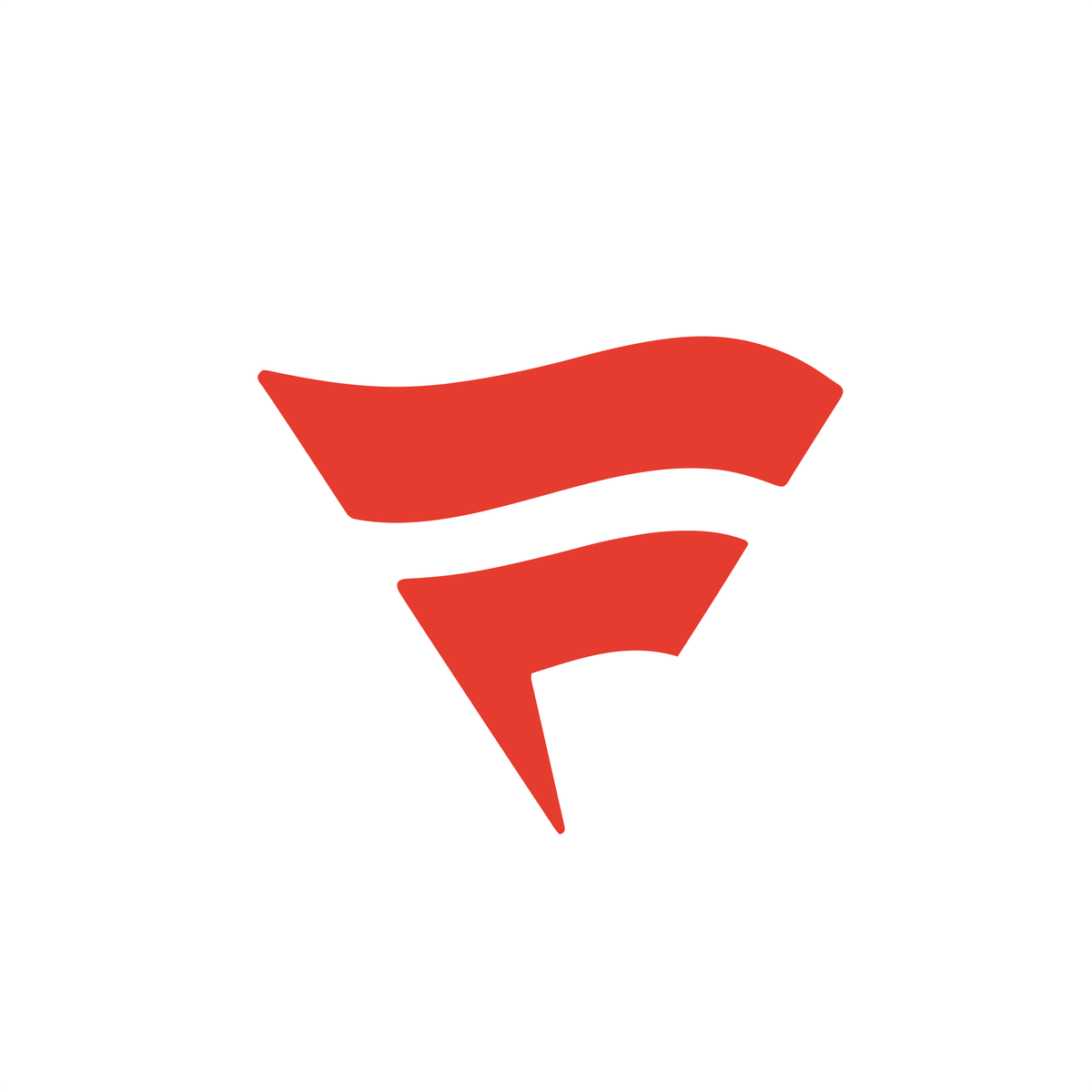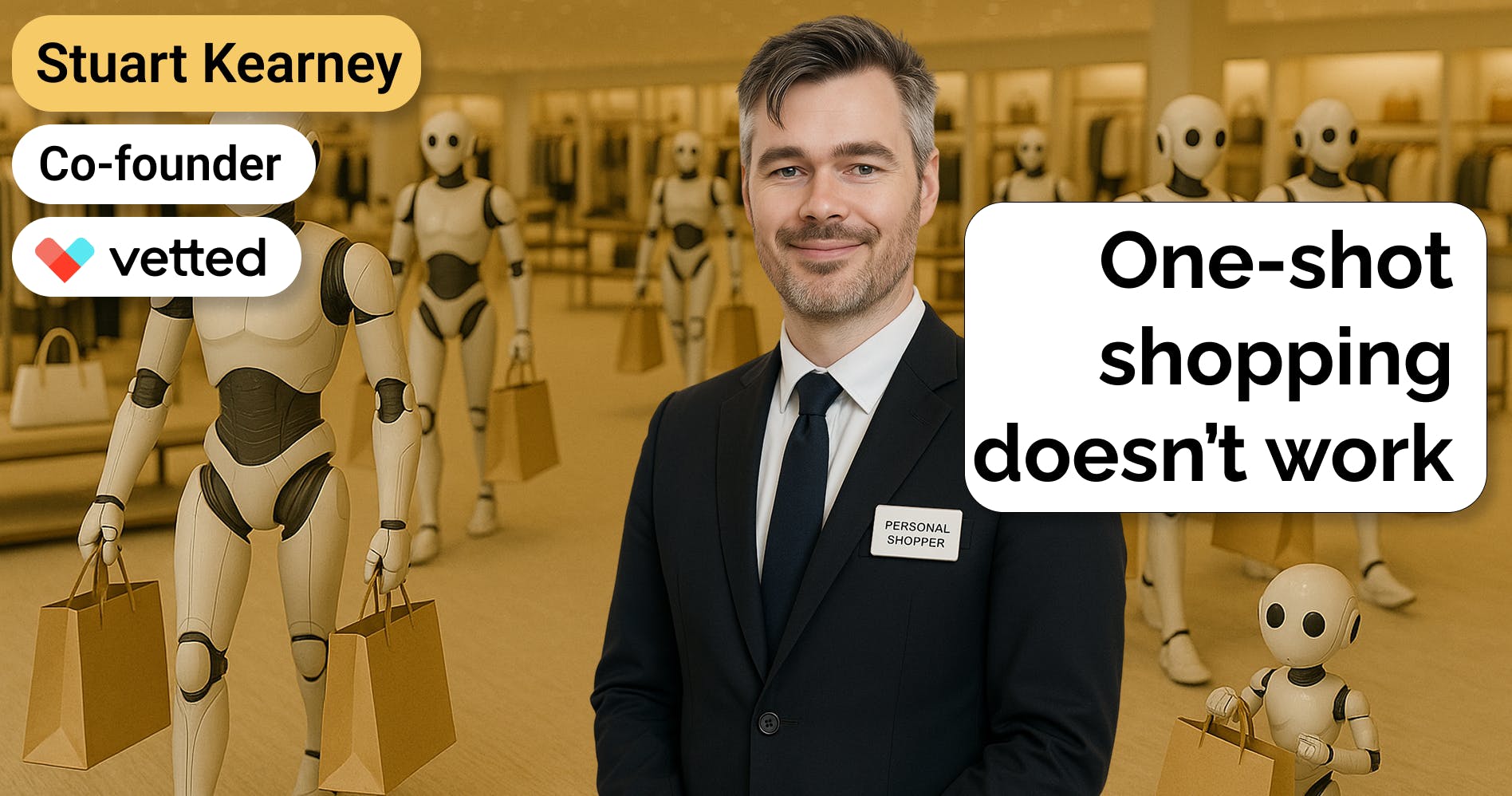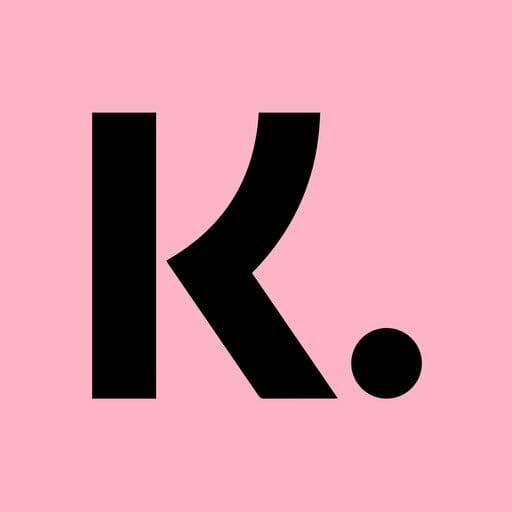Scott Sillcox, sports licensing consultant, on the economics of Fanatics' contracts
 Jan-Erik Asplund
Jan-Erik Asplund

Background
Fanatics (2011) has transformed from a Jacksonville-based sports apparel store into a $31B vertically-integrated ecommerce platform doing a Sacra-estimated $7B in revenue in 2023 (up 17% YoY)—but with core retail growth slowing and leagues like the NFL finally opening up to Amazon, Fanatics is now betting big on betting, collectibles, and live experiences. To learn more about the economics of Fanatics's deals with the major sports leagues, we interviewed Scott Sillcox, consultant in the licensed sports product space and owner of Scott Sillcox Consulting.
Key points from our conversation via Sacra AI:
- Fanatics (1995) has made its name as the ecommerce partner to the most valuable sports leagues and teams in the world including the National Football League (NFL), National Basketball Association (NBA) and Major League Baseball (MLB), generating ~80% of its revenue from: 1) powering the ecommerce storefronts for over 900 teams, leagues and colleges and taking a cut of revenue, and 2) wholesaling apparel, including Nike-branded jerseys, to retailers like Walmart and Target. In 1995, Michael Rubin launched GSI Commerce, an ecommerce-storefront-as-a-service serving big brands (Ralph Lauren, Dick’s Sporting Goods) and major sports leagues (NFL, MLB, NBA)—in 2011, Rubin sold GSI to eBay for $2.4B, bought back the sports division, and began aggressively rolling up licensees, apparel manufacturers, and retailers, including the Jacksonville-based Fanatics, to become a vertically integrated one-stop shop for sports teams and leagues to sell online.
- Revenue exploded from $3.4B in 2021 to $7B in 2023 (up 17% YoY) as Fanatics (SoftBank, $4.8B total raised) went on an acquisition spree, buying trading card giant Topps ($1B in revenue in 2022) and gambling company PointsBet’s US business ($130M in revenue in 2023), riding a COVID-era surge of interest in baseball cards and sports betting. In terms of revenue scale, Fanatics is now in between league partners like the NHL ($5.7B revenue in 2023, up 5.6% YoY) and NFL ($20B, up 12.2% YoY)—on the apparel side, it’s growing faster than companies like Adidas (FWB: ADS, $23B, down 2% YoY) and closing the gap with Dick’s Sporting Goods (NYSE: DKS, $12B, up 0.65% YoY), but its partner Nike is still king (NYSE: NIKE, $51B, up 9% YoY).
- As the ecommerce backend behind every team store, Fanatics has cheaply (~$19 CAC) built a customer list of 100M+ sports fans that they can cross-sell into higher-margin businesses across their family of brands, including Topps (collectibles, $32B market), WinCraft (non-apparel merchandise, $15B), Fanatics Betting & Gaming (sports gambling, $11B), and Fanatics Events (live events, $5B). At Fanatics’ scale today—accounting for 35% of all licensed sports merchandise sales in the US—mutual concentration risk has become a problem with its league partners, pushing leagues into fragmenting distribution rights across multiple partners, turning Fanatics into just another retailer.
Questions
- At a high level, what is Fanatics?
- Can you talk about the revenue breakdown between Fanatics Retail and these other lines of business?
- What is the relationship between Fanatics and Amazon?
- Why have the leagues allowed Fanatics to be both a licensee and an e-commerce retailer?
- What percentage of merchandise sold via Fanatics is private label?
- What is the best-selling product by revenue?
- When you look at consumer sentiment, it seems to have turned very negative against Fanatics. A lot of it is about the jerseys being low quality. What are the pros and cons for consumers of Fanatics having this position?
- What's the consumer surplus of this Fanatics “monopoly”? One that the company talks about is quickly producing apparel around in-the-moment trends and demand.
- I was wondering if you have a macro-level view of where you feel the sports merchandise business is heading. If it's true that Fanatics growth is going flat, why might that be? Is demand for sports apparel not growing in a secular way?
- Is there a scenario where that is beneficial for Fanatics?
Interview
At a high level, what is Fanatics?
I think of Fanatics as seven different companies or divisions. The primary one, which is where they got their start, is what I call Fanatics Retail. These are my expressions, and they aren't necessarily the ones that Fanatics uses, as they change their terminology quite often.
Fanatics Retail is where Fanatics ultimately sells products to consumers, either on an e-commerce basis or in a face-to-face, bricks-and-mortar basis. In Fanatics Retail, there are four parts of note:
1. E-commerce: They run the NFL online store, the Major League Baseball online store, and hundreds of stores for various entities. This is the largest part and does the most dollar volume by far.
2. Storefronts: They manage physical stores for about half a dozen NFL teams, a small number of MLB teams, some NBA teams, NHL teams, and U.S. colleges. This is a very small part of their business.
3. Lids: They own roughly 60% of Lids, a chain of approximately 1,200 bricks-and-mortar stores across the U.S.
4. Barnes & Noble College: There's a chain of stores called Barnes & Noble College that runs college bookstores for roughly 1,000 of the 2,500 colleges and universities in the U.S. Within many of those 1,000 storefronts, Fanatics/Lids is setting up a store-within-a-store concept.
Fanatics has four distribution centers where they stock jerseys, ball caps, coffee mugs, mouse pads, and other items. Any e-commerce sales are shipped from these distribution centers, which also help keep stock for the various storefront operations we've discussed.
Regarding their e-commerce side, when Fanatics runs the NFL store on behalf of the NFL, the NFL wants Fanatics to offer consumers the broadest array of NFL products available anywhere in the world. To use the NFL numbers, the NFL has about 175 licensees – companies licensed by the NFL to make products. In theory, all 175 of those licensees should be selling to Fanatics, and Fanatics, in turn, should be selling those products on NFLShop.com.
That's how it currently is. In theory, it's supposed to be the broadest array of NFL products available anywhere in the world. In order to do that, Fanatics really needs to buy from all 175 licensees. My point being, let's say next month the NFL licenses a new company. This new company is making, for example, mouse traps. Theoretically, the day that company becomes an NFL licensee, the buyer at Fanatics should be on the phone to that mouse trap company saying, "Hey, I understand you now sell Pittsburgh Steelers mouse traps. We want to order so many Pittsburgh Steelers, so many New York Giants, so many Washington Commanders," and so on.
Let's say the NFL website sold $500 million worth of merchandise last year. I'm just using that number as an example. I believe the deal is somewhere in the 6 to 8% range of retail revenue that Fanatics sends to the NFL as their share of the profits.
In my opinion, one reason why Fanatics is very tight-lipped about the nature of the deal is that they have slightly different agreements with Major League Baseball, the NBA, the NHL, the University of Alabama, NASCAR, and others. If it became known that the NFL was getting 8% while someone else was only getting 6%, they'd want 8% too. That's why I believe they're so secretive about it. But I feel pretty confident in saying it's a percentage of revenue that goes back to the NFL, Major League Baseball, the NBA, and so on.
The next part is Fanatics Brands.
Fanatics has bought a bunch of existing companies like Majestic, Top of the World, WinCraft, Mitchell & Ness, and Topps Trading Cards. They're trying to achieve vertical integration, meaning they own both the manufacturing and sales end of the business. For example, they own Majestic apparel manufacturing company, so they not only make the apparel licensed by Major League Baseball but also sell it on their e-commerce website.
There's a conflict here, and it's this: say one of the companies they bought is WinCraft, which makes about 10,000 products, mainly hard goods like coffee mugs, flags, mouse pads, and wall decor. If those WinCraft coffee mugs are being promoted on the NFL e-commerce site, and there are five companies licensed by the NFL to make coffee mugs, whose products is Fanatics going to promote? It's fairly clear they'll push their own brand. If I were one of those other existing coffee mug licensees of the NFL, I'd be really upset that the NFL has allowed Fanatics to be both the e-tailer and a licensee. It's clearly a conflict of interest.
The third part is Fanatics Collectibles, which could be considered part of Fanatics Brands, but Fanatics tends to treat it separately. It's basically limited edition, high-priced autographed merchandise, including Topps and a company they bought called Mounted Memories.
The fourth part is Fanatics Licensing Management (FLM), which runs the licensing for various entities, including six U.S. colleges, Major League Soccer, Major League Baseball, the NFL Players Association, and Hockey Canada. Again, this seems like a conflict of interest, as Fanatics is making decisions about licensees while also owning some of those licensee companies.
The fifth, sixth, and seventh divisions are Fanatics Betting and Gaming, Fanatics Ticketing, and Fanatics Events, respectively. These represent Fanatics' efforts to expand into new areas and leverage their existing customer relationships.
Can you talk about the revenue breakdown between Fanatics Retail and these other lines of business?
At its core, Fanatics Retail still drives the ship, in my opinion.
My point is that Fanatics Retail, the first division we talked about—their e-commerce division, Lids, Barnes & Noble, and storefront operations—represents about 80% of their sales in my opinion. Everything else represents about 20% of their sales.
You might then ask, "Scott, let's say Fanatics is doing roughly $6 billion in merchandise sales through their various websites. What percentage of licensed sports merchandise sales in North America does Fanatics represent with their e-commerce efforts, Lids, and Barnes & Noble College?" I would say it's probably 30 to 40 percent of the licensed sports product sales. A couple of years ago, I might have said it was around 20%, but with the addition of Lids and, to a lesser extent, the Barnes & Noble College experiment, the percentage is certainly higher now.
What is the relationship between Fanatics and Amazon?
The issue is this: if I was a licensee of coffee mugs for Major League Baseball, I'm one of 5 or 6 companies allowed to make licensed coffee mugs for them. Major League Baseball says to me as a licensee, "You can sell to brick-and-mortar stores, you can sell to fan shops, etc., but you cannot sell to Amazon or on Amazon." Amazon is completely out.
Why would Major League Baseball ever say that you can't sell on one of the leading sales platforms of the modern age? It's because Fanatics has said to them, "We hate Amazon. Amazon is bad for you, Major League Baseball. Don't allow any of your licensees to sell on Amazon." And Major League Baseball said, "Okay, Fanatics, if you tell us that's the case, you're the expert. We will make sure to tell all of our licensees that they're not allowed to sell on Amazon." It's craziness.
Fanatics tried to do this with the NFL licensees too, but the NFL, thank goodness, said, "What are you talking about? Of course our licensees need to sell on Amazon. We're not putting up with your shenanigans on that." But it's indicative of how Fanatics wants to rule the world. They want to control everything, and it's amazing that the leagues allow them.
Why have the leagues allowed Fanatics to be both a licensee and an e-commerce retailer?
It's because of the brilliance of Michael Rubin, who early on got the NFL to buy 1% of Fanatics and got Major League Baseball to buy a small share.
By getting the leagues to buy ownership shares in Fanatics, Rubin changed the mentality of the league ownership. They think, "If it's good for Fanatics, it's good for us because we own a share of Fanatics." So if Fanatics tells them they shouldn't sell on Amazon, they listen, thinking it will make Fanatics more valuable, which benefits them as partial owners. It was brilliant on Michael Rubin's part to give away maybe 10% of his company to the leagues to get their buy-in for his schemes. I say that somewhat jokingly - he's a good businessperson, and I admire him.
I believe that one day, Major League Baseball is going to wake up and say, "What are we doing here? Why have we put all our eggs in one basket?" They're going to say, "Hey Fanatics, you've got to split your e-commerce part from all those other parts. You can own one or the other, but you can't own both. Make a decision as to what you're going to own." Even though they own 1% of Fanatics, they'll realize this isn't working out in their favor. If they lose their 1% share, it's not a big deal - life will go on. But they've got to do what's best for their end users, their fans, and what's going on right now isn't in the best interest of the fans.
Someday, a league is going to say that, and it's likely going to be Major League Baseball. The NFL is usually the leader, but they're already not bought into Fanatics' Amazon-exclusion thinking. Major League Baseball has hurt themselves the most, in my opinion.
To summarize how Fanatics got to be so tied up with the various leagues on things that have seeming conflicts of interest: they sold tiny ownership shares to the various licensor entities.
The only other thing I wanted to cover is that there's a great ball cap company called New Era Cap Company. They're based in Buffalo and they're the leader in sports-licensed ball caps. They recently bought 47 Brand, a Massachusetts-based apparel company who do a great job. It's a wonderful company and a great acquisition by New Era Cap. I'm sure that if Michael Rubin could get his hands on another billion or a couple billion dollars, he would like to buy those two companies. I'm sure he's been wanting to own both of them for a while, and now they're one company. I would expect to see a lot of activity in the next 2 or 3 years related to Fanatics trying to buy New Era Cap Company. It would really be a crowning jewel in his Fanatics brands portfolio.
What percentage of merchandise sold via Fanatics is private label?
Fanatics really owns the Majestic Apparel manufacturing company. The name "Majestic" is kind of lost now, and it's really called Fanatics Apparel or Fanatics Branded. They change the name here and there.
They own what used to be Majestic, they own Top of the World (which is really a ball cap company in the collegiate space), they own Wincraft (which is hard goods items across all sports licensees), they own Topps, and they own Mitchell & Ness. Those are really their five major components within Fanatics Brands.
I separated Topps when I earlier described it and called it part of Fanatics Collectibles, but for this question's purposes, I'm going to lump Topps in with the others because it's kind of private label, as you referred to.
I would say that those five entities - Majestic, Top of the World, Wincraft, Topps, and Mitchell & Ness - might represent 5 to 10% of all licensed sports sales. If you were reading a news release or something from Fanatics, they tend to give you the impression that Fanatics is an incredibly well vertically integrated company. Without assigning a percentage, it leads you to believe that more than 50% of the merchandise that Fanatics sells on their various e-commerce platforms must be ultimately made by a Fanatics company. That's not the case. It's 5 to 10% by revenue, not 50%.
What is the best-selling product by revenue?
Jerseys are the highest-selling category, and Fanatics has been taking over the licensing for jerseys. For instance, in the NHL this season, the jerseys are branded with the Fanatics flag. They are now officially Fanatics jerseys, rather than Fanatics making them for Nike under contract. This is what Fanatics would like to do with the NFL, Major League Baseball, the NBA, and various U.S. colleges.
To answer your question, because Fanatics has been growing their jersey segment, let me revise my estimate from 5-10% to 10-15%. To paint a picture of where sales come from in licensed sports merchandise: apparel represents roughly 60% of all licensed sports product sales. Within that apparel category, jerseys are the primary item, followed by ball caps, and then sweatshirts and t-shirts. Of that 60%, jerseys might represent about a third, so jerseys could account for approximately 20% of all licensed sports sales for a league or college.
The licensing market can be broken down into three main segments: soft goods, hard goods, and electronics. Soft goods, which include apparel items like jerseys, t-shirts, and hats, represent about 60-65% of total sales. Hard goods, consisting of trinkets and merchandise such as flags, coffee mugs, and mouse pads, account for approximately 25% of sales. The remaining 15% or so is electronics, which includes video games and apps. It's worth noting that jerseys, which fall under soft goods, are the single largest category, making up about 20% of the entire licensing market.
When you look at consumer sentiment, it seems to have turned very negative against Fanatics. A lot of it is about the jerseys being low quality. What are the pros and cons for consumers of Fanatics having this position?
Using the NFL as an example, they have 175 licensees. Every time a licensee introduces a new product, they need to submit it to the NFL quality control department. This department, consisting of 2 to 4 people, vets every product electronically and may request a physical sample. This rigorous quality control process has been in place for years.
Products often get turned down for various reasons: incorrect pantone colors, wrong logo sizes, etc. It's a back-and-forth process with the quality control team. The NFL vets about 80,000 products a year. However, my guess is that Fanatics, having become such a significant part of NFL licensing, isn't submitting their apparel products through quality control. They're likely saying, "We're Fanatics, we don't have to be like the rest." The quality control people probably argue that Fanatics should be subject to QC rules, but someone higher up is likely telling them not to worry about Fanatics.
This exemption from normal rules is part of the reason for quality issues. However, I don't think it's an "evil empire" situation or intentional cost-cutting. I believe it's more about Fanatics growing so big so fast that nobody was keeping an eye on the details. For instance, jerseys might be made in one factory, while pants are made in another, resulting in mismatched dye lots. These are growing pains that Fanatics will likely overcome in a couple of years.
Regarding public dissatisfaction, Fanatics does have a real issue. This could be the beginning of a crack in their armor as people start questioning who Fanatics is and why they've become so important. I'd written a blog post about the origins of Fanatics, which I'll send you a link to after our conversation.
When GSI Commerce morphed into Fanatics around 2015-2017, they used to operate under the radar. If you went to the NFL website, you couldn't find any mention of Fanatics. Now, times have changed, and Fanatics wants to be visible, making them a target for a dissatisfied public.
Ultimately, customers are angry about the high prices of authentic jerseys compared to counterfeit products available online. Fanatics has become the whipping boy on this front. While this may not be the beginning of the end for Fanatics, they need to be careful. The NFL’s small ownership share doesn't guarantee them protection. The NFL could decide to split Fanatics' responsibilities, continuing to work with them on e-commerce but treating them as a normal licensee for other aspects, subject to renewal like any other license.
What's the consumer surplus of this Fanatics “monopoly”? One that the company talks about is quickly producing apparel around in-the-moment trends and demand.
Fanatics told a great story for a few years, though I haven't heard much about it in the last year or two. They called it "magic moments" – for example, when a wide receiver in football makes a spectacular catch, and the next day Fanatics can offer a t-shirt showing that imagery. It could be shipped the day after that because it's digitally printed merchandise. Fanatics made a great deal about these magic moments, vertical integration, and speed to market.
To me, that was mostly window dressing. Ultimately, how many of those "magic moment" t-shirts would they sell? Maybe 5,000, which is great, but in the grand scheme of things, they're selling 3 million jerseys. That's where the money is, and jerseys aren't magic moments. They're not digitally printed, and speed to market isn't really the issue.
I don't mean to sound negative, so let's consider the positives for the fan. By trying to be all things to consumers, Fanatics is going to get some things right. The betting and gaming, the ticketing, the events – there are benefits because Fanatics has relationships with consumers. They know, for example, that Silcox is a Pittsburgh Steelers fan. Maybe he'd be interested in betting on the Steelers, buying Steelers tickets from a secondary market, or attending a Steelers fan event.
They're going to know a lot about their customers, and ultimately, I think that will help and delight the customer even more. Product offerings are going to be tailored to their consumers in ways that will please them.
I was wondering if you have a macro-level view of where you feel the sports merchandise business is heading. If it's true that Fanatics growth is going flat, why might that be? Is demand for sports apparel not growing in a secular way?
I have two comments on that. First, I don't see explosive growth for licensed sports merchandise, whether that's soft goods, hard goods, or electronic goods. However, I certainly don't see shrinking growth either. So if Fanatics' revenue has gone down 5% or 10% in the last 12 months, that's a Fanatics issue. It's not an NFL, Major League Baseball, NBA, or NHL issue. It's not a licensed merchandise issue, in my opinion. That's Fanatics not running their business the way they should be, and it would show a chink in their armor.
Now, you might say, "Scott, you're a consultant in the licensed sports industry, so it would be in your nature to talk up licensed sports sales as having a steady growth curve." And yes, I suppose that's true, but I think I'd be honest if I saw tracks in the road, and I don't. I see the number of fans increasing in various sports, including Major League Baseball. I know people pick on Major League Baseball and think it's only watched by a bunch of gray-haired old guys, but they have some great viewership numbers. So to me, there's steady growth. If Fanatics is going down, then Fanatics needs to look in the mirror and run their business better because they're bucking the trend.
The second thing I wanted to share with you is a long story, and I'm just going to try to give you the four-minute version, if I could.
Back in 2008, 2009, or 2010, there was an NFL licensee—I can't recall the name, so let's just call them ABC Company. They were an apparel licensee of the NFL for ball caps, t-shirts, and sweatshirts. The NFL told them, "We know you've been a great partner of ours for the last 20 years, but we're going to cast our lot in with Nike. We're not going to renew your license when it expires. We're going with Nike. Sorry about that."
This company, ABC, sued the NFL, claiming it was a restraint of trade. The NFL laughed it off, saying, "Nice try, but the NFL can do what they want. If they don't want you as a licensee and they want somebody else, it seems to be their decision."
Remarkably, it ultimately went to the Supreme Court, which ruled in favor of ABC. So in 2010, while the NFL still did a deal with Nike, it wasn't an all-encompassing deal. Nike could produce jerseys, ball caps, t-shirts, and sweatshirts, but not exclusively. The NFL was forced to give slices of the licensing pie to six, seven, or eight other companies.
It turned out that from 2010 to around 2016-2017, the NFL admits this was the best thing that ever happened to them. Their sales increased by 20% a year. In my opinion, and I heard this directly from NFL licensing people, what they learned is that competition is a good thing. Single-source suppliers are not ideal; having competition is wonderful.
You were asking about big trends. It may be that the pendulum swings back and forth, but at some point, that was a valuable lesson the NFL learned, and other people in sports licensing learned it as well. Maybe they've forgotten a bit with Fanatics, and now they're going to say, "By putting many of our eggs in the Fanatics basket, it's probably not so good for us. We should be encouraging competition."
I believe that, in the grand scheme of things, the leagues will come to the realization that putting all of their eggs in the Fanatics basket is not a wise business decision. That doesn't mean they would cut Fanatics out; it just means that other parties will be invited to share in the pie. Fanatics will be an important licensee, but they won't be a single-source licensee.
Is there a scenario where that is beneficial for Fanatics?
Yes, I really believe that Michael Rubin would initially fight it tooth and nail. Every fiber of his being would resist it. However, if he actually realized it would make Fanatics better, he might change his mind. They'd be sharper, make better decisions, avoid becoming complacent, and create better products to meet consumer demand. In the end, it would be better for Fanatics.
So yes, I sincerely believe it would benefit Fanatics, but Michael Rubin would fight it every step of the way because he believes in owning as much of the pie as possible. I understand that perspective - if I were in his position, I'd likely feel the same way. It's easy for Silcox to say that competition is a good thing and it'll help us, but that's a difficult concept to embrace when you're in Rubin's position.
Disclaimers
This transcript is for information purposes only and does not constitute advice of any type or trade recommendation and should not form the basis of any investment decision. Sacra accepts no liability for the transcript or for any errors, omissions or inaccuracies in respect of it. The views of the experts expressed in the transcript are those of the experts and they are not endorsed by, nor do they represent the opinion of Sacra. Sacra reserves all copyright, intellectual property rights in the transcript. Any modification, copying, displaying, distributing, transmitting, publishing, licensing, creating derivative works from, or selling any transcript is strictly prohibited.




